
“I find to my delight that I can make my dog happy by wagging its tail for it.” — Reveille, letter to the editor, quoted in Michael Bateman, ed., This England, 1969

“I find to my delight that I can make my dog happy by wagging its tail for it.” — Reveille, letter to the editor, quoted in Michael Bateman, ed., This England, 1969
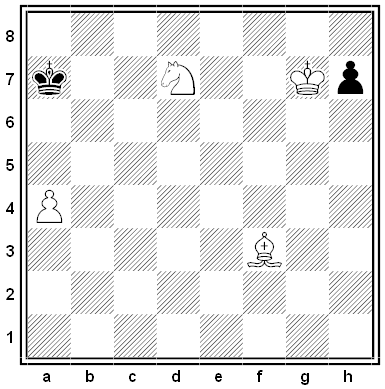
By Augusto Piccinini. Imagine that the board is a vertical cylinder, that is, that the a-file and the h-file are joined so that pieces can move across the border. How can White mate Black in two moves?
i'm tired of being a zero vector
i'm tired of being a zero vector
with no direction
no dimension
and no magnitude;
what i need is another element
-- but that would be
a contradiction
of my definition
— Eileen Tupaz, a student at Ateneo University, Quezon City, Philippines, in Crux Mathematicorum 26:6 (June 2000), 337

Mexico’s Isla de las Muñecas is a floating garden festooned with dolls — the story goes that a local man discovered a drowned girl, hung her doll from a tree as a gesture of remembrance, and was haunted by her spirit ever after, no matter how many dolls he hung. Today, inevitably, it’s a tourist attraction, but it’s still effective — photographer Cindy Vasko called it the creepiest place she’s ever visited.
Below: As her village has dwindled from 300 residents to 30, Japanese artist Ayano Tsukimi has been replacing them with dolls, life-sized figures made of cloth and stuffed with cotton and newspapers. The first was intended to be a scarecrow, but because it resembled her father she found that her neighbors interacted with it. In the ensuing 10 years she’s made hundreds.
“Every morning, I just greet them,” she told NPR. “I say ‘good morning’ or ‘have a nice day!’ I never get a response, but that doesn’t make a difference. I go around talking to them anyway.”
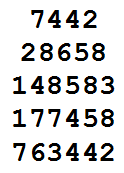
The sum of any two of these numbers is a perfect square:
7442 + 28658 = 1902
7442 + 148583 = 3952
7442 + 177458 = 4302
7442 + 763442 = 8782
28658 + 148583 = 4212
28658 + 177458 = 4542
28658 + 763442 = 8902
148583 + 177458 = 5712
148583 + 763442 = 9552
177458 + 763442 = 9702
Two other such sets:
{-15863902, 17798783, 21126338, 49064546, 82221218, 447422978}
{30823058, 63849842, 150187058, 352514183, 1727301842}
Whether there’s a set of six positive integers with this property is an open question.
(A.R. Thatcher, “Five Integers Which Sum in Pairs to Squares,” Mathematical Gazette 62:419 [March 1978], 25-29.)
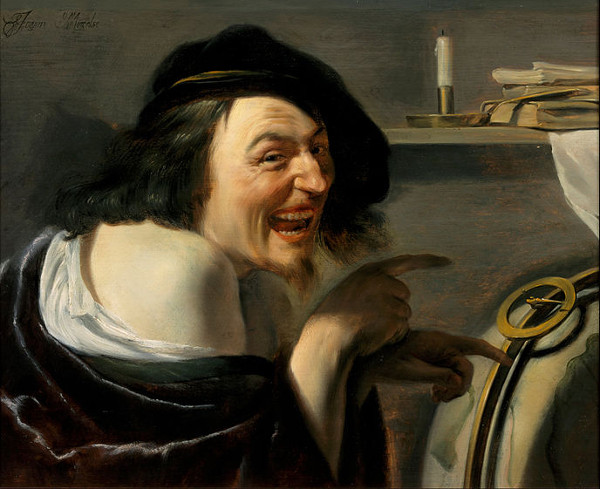
There is an association in men’s minds between dullness and wisdom, amusement and folly, which has a very powerful influence in decision upon character, and is not overcome without considerable difficulty. The reason is that the outward signs of a dull man and a wise man are the same, and so are the outward signs of a frivolous man and a witty man; and we are not to expect that the majority will be disposed to look to much more than the outward sign. I believe the fact to be that wit is very seldom the only eminent quality in the mind of any man; it is commonly accompanied by many other talents of every description, and ought to be considered as a strong evidence of a fertile and superior understanding.
— Sydney Smith, quoted in The Ladies’ Repository, September 1858
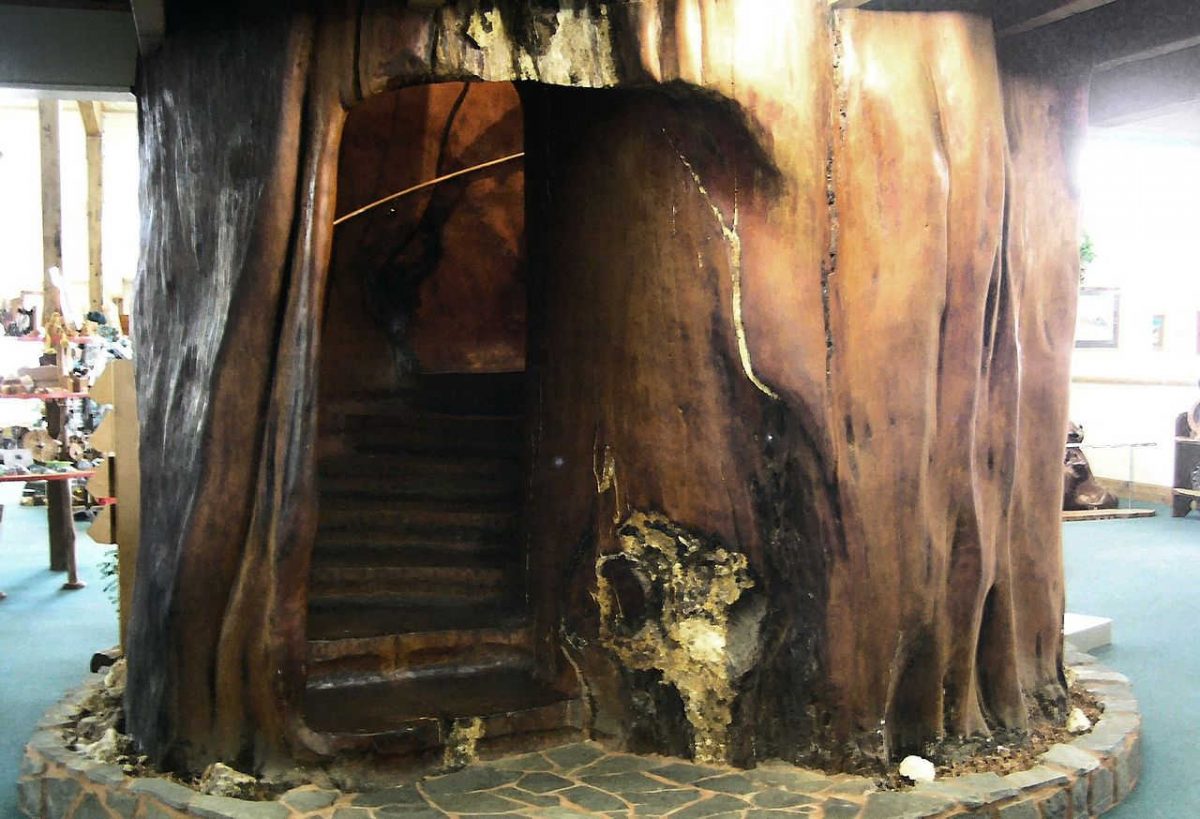
This enormous kauri tree towered for a thousand years over prehistoric New Zealand before it fell into a swamp, where the lack of oxygen and fungus preserved it for 45,000 years. Workers snapped two 90-ton-capacity winch cables trying to extract it in October 1994; finally they cut it into two sections of 110 and 30 tons and hauled them out separately.
Then David Stewart built a concrete pad 20 inches thick, placed a 50-ton section of log atop it, and spent 300 hours carving it with a chainsaw and 200 hours finishing it. At 12 feet in diameter and 17 feet tall, the result is the world’s largest (and certainly oldest) single-piece circular stairway … built inside the log.
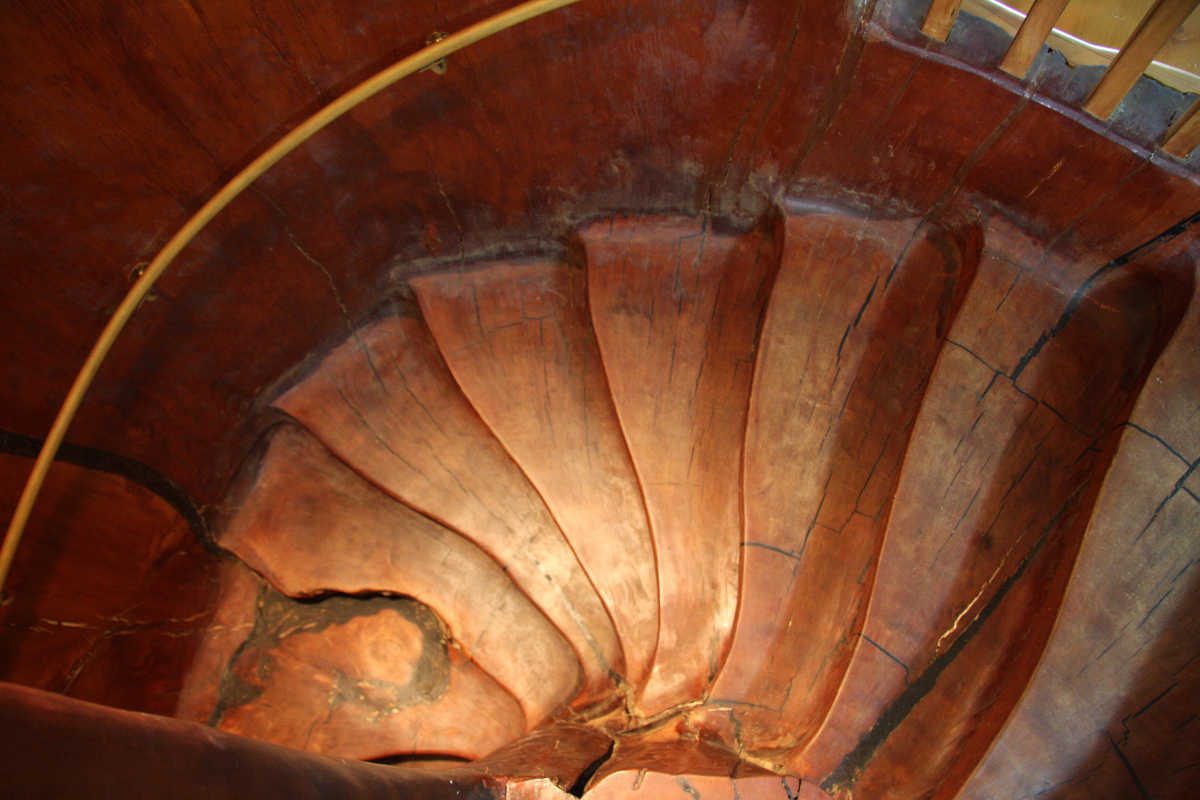
(From Spike Carlsen, A Splintered History of Wood, 2008.)
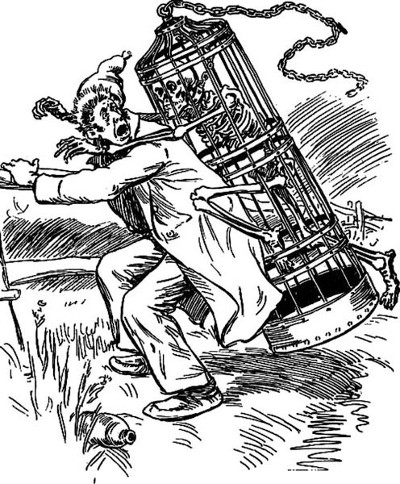
perhorresce
v. to shudder at
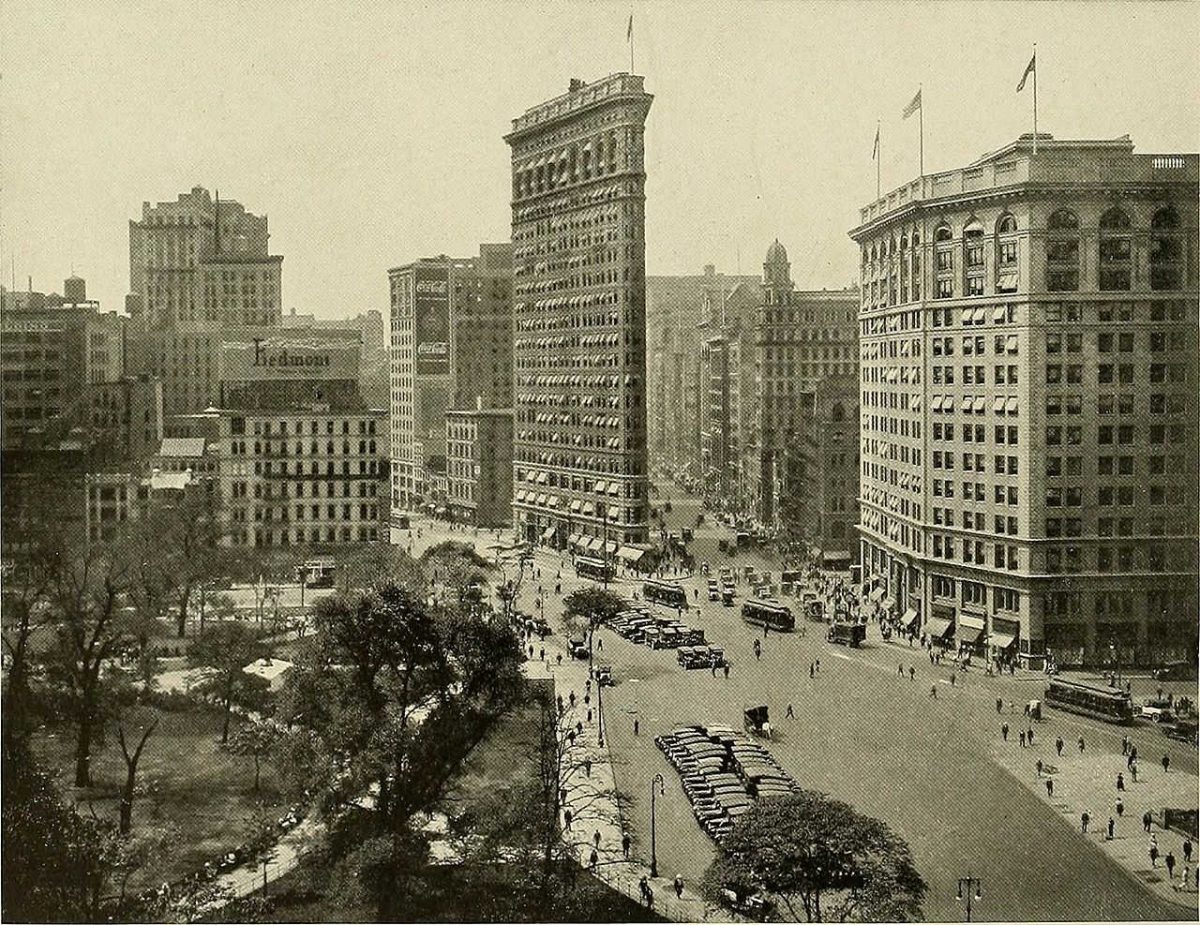
In May 1920, wealthy womanizer Joseph Elwell was found shot to death alone in his locked house in upper Manhattan. The police identified hundreds of people who might have wanted Elwell dead, but they couldn’t quite pin the crime on any of them. In this week’s episode of the Futility Closet podcast we’ll review the sensational murder that the Chicago Tribune called “one of the toughest mysteries of all times.”
We’ll also learn a new use for scuba gear and puzzle over a sympathetic vandal.